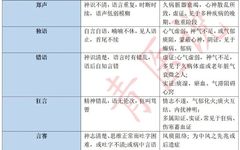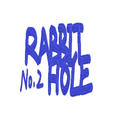Chapter 5: Diagnostic Methods – Section 2: Olfactory Diagnosis in Traditional Chinese Medicine
Section 2: Olfactory Diagnosis Olfactory diagnosis includes listening to sounds and smelling odors. Listening to sounds primarily involves observing whether the patient’s speech is coherent, as well as the pitch and strength of their voice and breath, including sounds of belching and regurgitation. Smelling odors involves detecting the patient’s breath, belching, and the smell of … Read more








